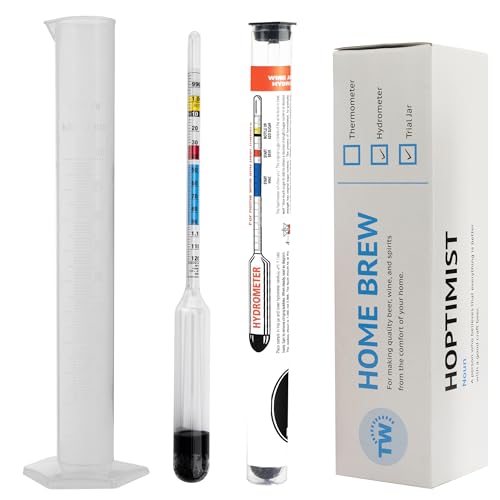Hello,
I'm a first-timer and I'm about to hit my first snag. I've just started with my beginners kit from the Art of Brewing and I've realised I'm a bucket short. Or rather, after following all the instructions, I've realised my IPA kit from Brewers' Choice recommends siphoning off into a second bucket with an airlock after the initial 5-7 days of fermentation. Now, I've already used my airlock bucket. Do I need to borrow another one or can a get a couple of cheap buckets, sterilise them, siphon into them, clean the original bucker then siphon back?
Any advice gratefully received.
Thanks,
Craig
I'm a first-timer and I'm about to hit my first snag. I've just started with my beginners kit from the Art of Brewing and I've realised I'm a bucket short. Or rather, after following all the instructions, I've realised my IPA kit from Brewers' Choice recommends siphoning off into a second bucket with an airlock after the initial 5-7 days of fermentation. Now, I've already used my airlock bucket. Do I need to borrow another one or can a get a couple of cheap buckets, sterilise them, siphon into them, clean the original bucker then siphon back?
Any advice gratefully received.
Thanks,
Craig








































